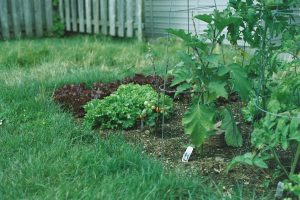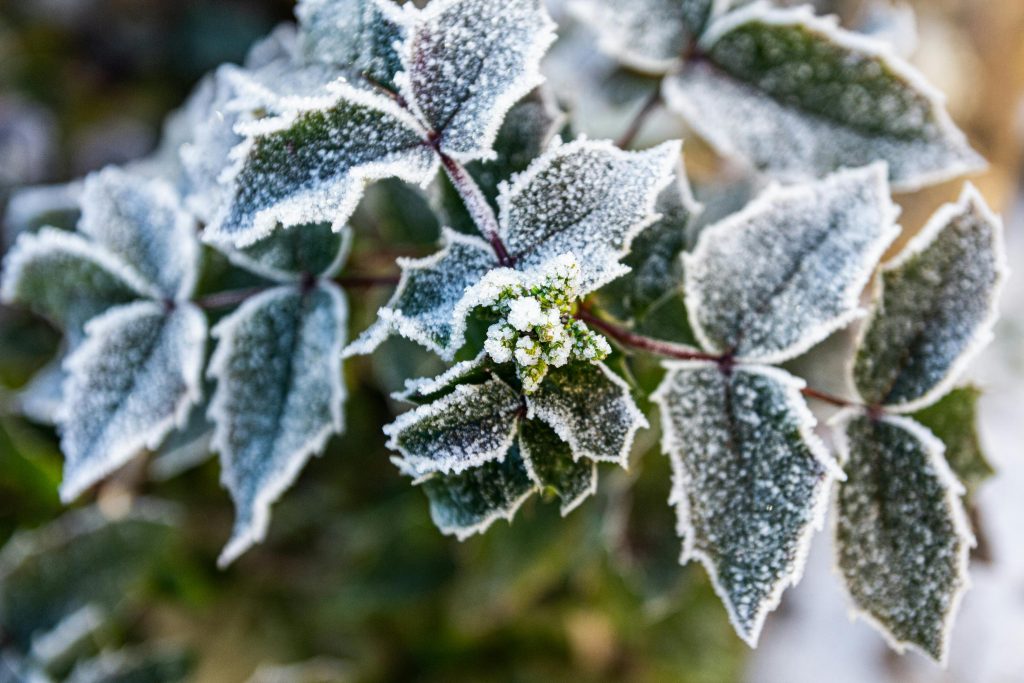
Potash in Orchards: Preparing Trees for Winter Dormancy
Orchards are long-term investments. Whether you manage apples, pears, peaches, plums, or cherries, the productivity and profitability of fruit trees depend on how well they

As summer winds down and cooler nights settle in, your garden’s transition into fall is more than just aesthetic—it’s a critical moment to prepare your plants for the stresses of winter. And one nutrient, often underused and undervalued, plays a pivotal role in that preparation: potassium.
Muriate of Potash (0-0-60) from Supply Solutions LLC delivers a high concentration of potassium chloride, an essential mineral that hardens plants against cold, improves water use efficiency, and enhances root structure. As temperatures dip, using potash becomes one of the smartest fall strategies to set your landscape and crops up for winter survival and spring success.
In this comprehensive blog, you’ll learn how and why Muriate of Potash strengthens plants for cold weather, which crops benefit most from fall applications, and how to use it properly for maximum effect.
Potassium (K) is often considered the plant’s “immune system” nutrient. Unlike nitrogen, which fuels lush green growth, or phosphorus, which focuses on roots and flowers, potassium improves:
In fall, potassium helps:
Muriate of Potash (MOP), also known as potassium chloride (KCl), is a fast-acting, highly soluble form of potassium. Its guaranteed analysis of 0-0-60 means:
It’s one of the most concentrated sources of potassium available and is ideal for correcting potassium deficiencies quickly—especially in the fall, when timing is everything.
Muriate of Potash (0-0-60) from Supply Solutions LLC is finely granulated for even spreading and rapid soil absorption, giving plants fast access to what they need before cold sets in.
As daylight shortens and temperatures drop:
Without enough potassium:
Potassium not only boosts these defenses but also helps plants recover faster once spring arrives.
Potassium-rich fertilizers support root hardening and disease resistance in cool-season grasses. Apply MOP to:
Potassium is critical for:
Apply around apple trees, blueberries, raspberries, and stone fruits.
Roses, peonies, daylilies, and hydrangeas all develop better winter resistance when treated with potassium in fall. It helps perennials store energy and prevents winter dieback.
Trees under potassium stress may drop leaves prematurely or struggle to flush in spring. Fall potash applications prepare the vascular system and roots to handle freezing temps and rebound when warmth returns.
Note: Always conduct a soil test before heavy potassium applications to avoid oversaturation or salt buildup, particularly in sandy soils.
A fall application of Muriate of Potash can correct these deficiencies before dormancy sets in—saving you time and losses next season.
MOP is often applied alongside balanced blends like Triple 10 (10-10-10) or 16-16-16 All-Purpose Fertilizer to ensure complete nutrition:
When winter is coming, you don’t want to guess—you want guaranteed potassium power in every scoop.
When you apply potash in fall, your garden gets more than just winter protection. It gets a head start on:
By investing in potassium now, you avoid expensive problems later—like replacing winter-killed shrubs, reseeding patchy lawns, or losing early-season vegetables to sudden temperature swings.
Reach us through our contact form, message us on Facebook, call 503-451-1622, or email sales@mysolutionssupply.com. Supply Solutions LLC has the potash products and expert guidance to help you build resilience into every inch of your garden.

Orchards are long-term investments. Whether you manage apples, pears, peaches, plums, or cherries, the productivity and profitability of fruit trees depend on how well they
Every successful vegetable garden begins with healthy soil. Fertile soil is not only about nutrients but also about structure, drainage, and the ability to support
Give us a call or visit our store, and we’ll help you find the right solution for your business.
© Supply Solutions LLC 2025